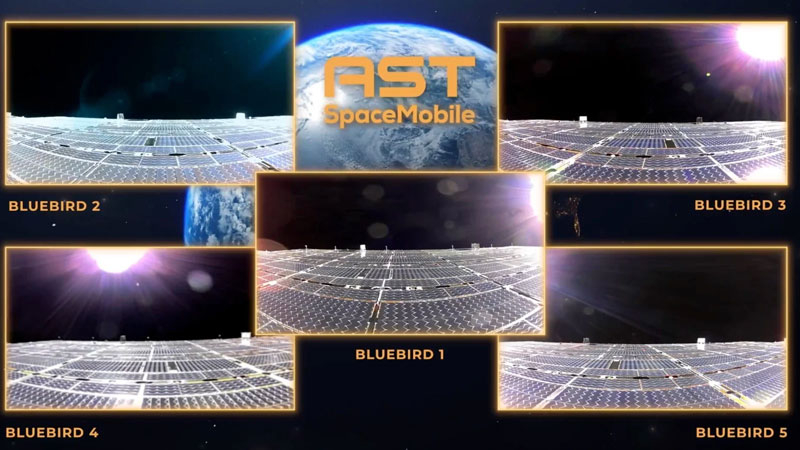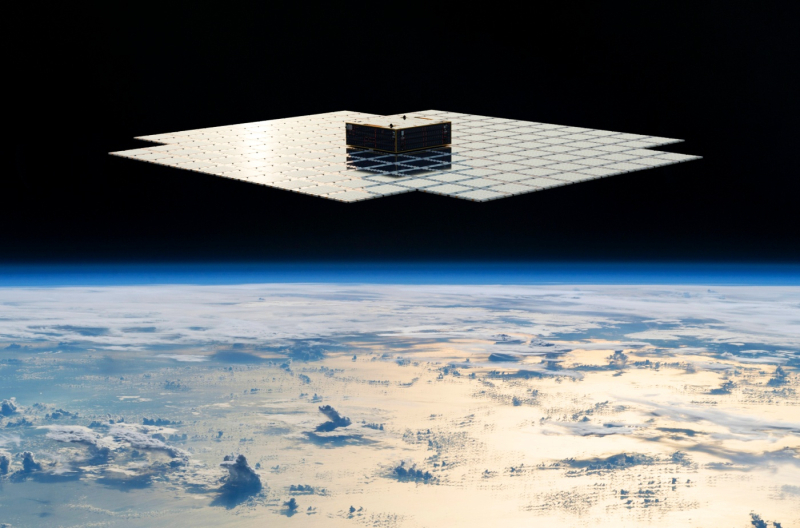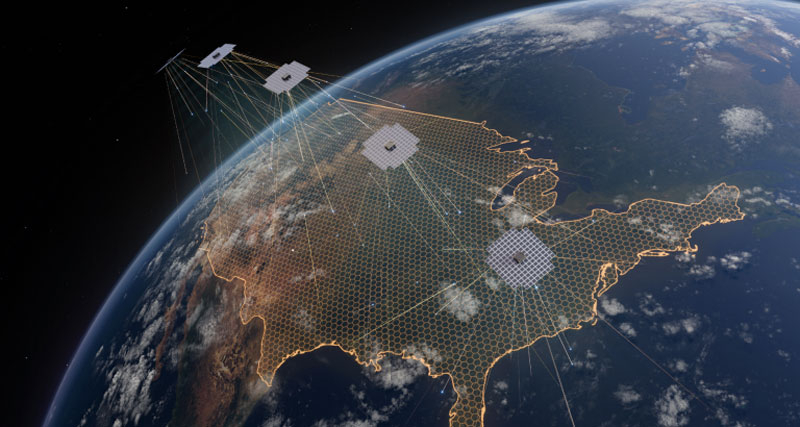AST SpaceMobile showed footage of the final stage of unfolding the giant panels of all five BlueBird communications satellites launched a month earlier into low Earth orbit. The area of each panel is 65 m2, which makes them shine in the night sky like stars of the first magnitude. Scientists’ first impressions of the appearance of artificial “stars” in the sky are akin to shock – this could ruin observational astronomy on Earth.

Image source: AST SpaceMobile
Full panel deployment on all of the company’s first five BlueBird satellites was completed last Friday, November 1, 2024. In fact, this allows AST SpaceMobile to begin beta testing the provision of mobile communication services from space. Such communication will not require the use of special satellite phones and will work with ordinary smartphones. Convenience for ordinary people will result in problems for scientists, for whom hundreds and thousands of satellites in low orbit will interfere with the process of observing the sky in the optical and radio range.
—
In particular, one of the scientists told the source: “We have also been observing the BlueBird satellites since their inception. More data will be needed to accurately characterize them, but we found that they can be as bright as first magnitude [stars]. This makes them one of the brightest objects in the sky.”

AST SpaceMobile’s application to the Federal Communications Commission (FCC) for a license to test mobile communications services from space has not yet been granted. The license is expected to be issued in the coming weeks, allowing the company to begin beta testing of the service in December this year. In total, AST SpaceMobile plans to launch up to 200 communications satellites into space. Scientists should be especially concerned that the second generation BlueBird satellites will have antennas with an area of already 223 m2. Only the Moon will be brighter than them in the sky at night.

The company says it is working with astronomers and NASA to mitigate light pollution from communications satellites. For example, using anti-reflective coatings for this. But for now, this is little consolation for astronomers. There are more and more artificial stars in the sky. But there is also the SpaceX Starlink network, the group of which already has 6,000 active devices in space, and there will be tens of thousands of them.
There are also concerns about the harmful effects of thousands of satellites and launches on the Earth’s atmosphere. Some time ago, about 120 scientists sent an open letter to the FCC, calling on the regulator to stop the launches of Internet satellites that are destroying the ecology of the planet.